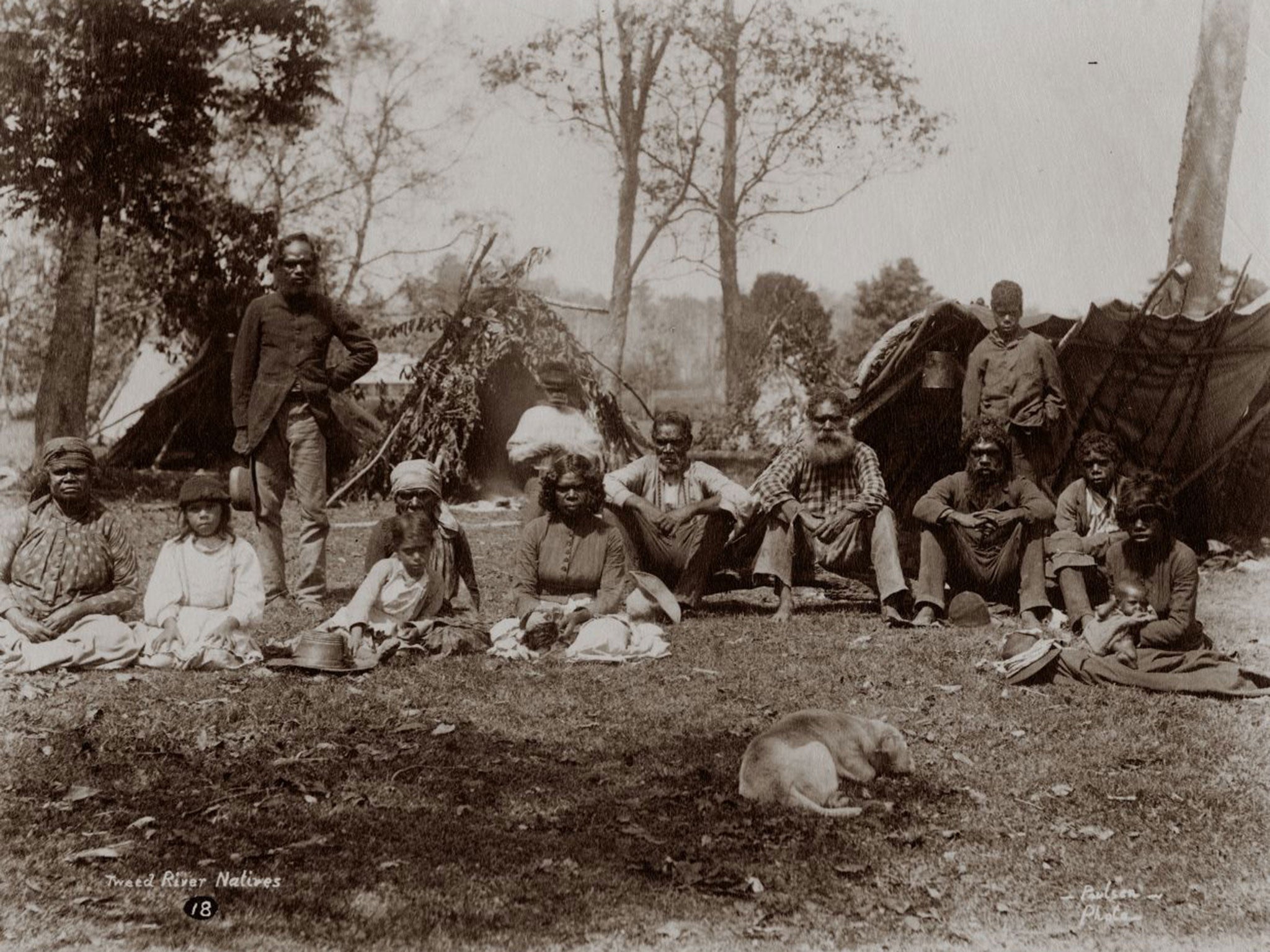Aboriginal Australians 'have been genetically isolated for 50,000 years'
DNA study says there is no direct evidence they ever intermarried with South-East Asians as some had suggested

Your support helps us to tell the story
From reproductive rights to climate change to Big Tech, The Independent is on the ground when the story is developing. Whether it's investigating the financials of Elon Musk's pro-Trump PAC or producing our latest documentary, 'The A Word', which shines a light on the American women fighting for reproductive rights, we know how important it is to parse out the facts from the messaging.
At such a critical moment in US history, we need reporters on the ground. Your donation allows us to keep sending journalists to speak to both sides of the story.
The Independent is trusted by Americans across the entire political spectrum. And unlike many other quality news outlets, we choose not to lock Americans out of our reporting and analysis with paywalls. We believe quality journalism should be available to everyone, paid for by those who can afford it.
Your support makes all the difference.Aboriginal Australians have been genetically isolated from the rest of humanity for 50,000 years with no direct evidence that they had ever intermarried with South-East Asians about 4,000 years ago, as some scholars have suggested, a DNA study has revealed.
A detailed analysis of the male Y chromosome from 13 Aboriginal men found no traces of DNA from other ethnic groups, such as people from the Indian sub-continent who were thought to have migrated to Australia about 2000BC.
Geneticists have calculated from mutations present in the Aboriginal Y chromosome that the first inhabitants of Australia had separated from other members of Homo sapiens living elsewhere in the world about 50,000 years ago – probably long before our species had arrived to live in Europe.
The findings of the study, however, fail to explain the arrival of the dingo wild dog in Australia, which is not a native species and was almost certainly brought by humans to the continent from other parts of south-east Asia.
Previous genetic studies, along with archaeological evidence of imported tools and a change in language, had suggested that the dingo had arrived with south-east Asians who had settled in Australia and interbred with local Aboriginals.
However the latest study, published in the journal Current Biology by an Anglo-Australian team of researchers, rules out any interbreeding with non-Aboriginals, at least down the male line of descent, said Chris Tyler Smith, an evolutionary geneticist at the Wellcome Trust Sanger Institute in Cambridge.
“We have disproved interbreeding with south-east Asians at least for the Y lineage of the male chromosome but we have not yet been able to prove that it had not happened in the non-Y lineage – but it seems unlikely,” Dr Tyler Smith said.
It was known that Australia and Papua New Guinea – geographically known as Sahul – were populated very early in human history, but the extent of the geographic and genetic isolation is only now becoming apparent with genome analysis.
“We have discovered that there is a very deep, 50,000-year-long history that is specific to the Y-chromosome of Aboriginal Australians. This deep split essentially shows we have two rungs of human evolution after 50,000 years – one in Sahul and one in the rest of the world,” Dr Tyler Smith said.
The researchers liaised closely with Aboriginal communities to carry out the DNA analysis and have already shared their results with them, he said.
“We were effectively telling them what they already knew. They were the least surprised by the findings,” Dr Tyler Smith said.
Lesley Williams, an Aboriginal elder, said that “science has confirmed what our ancestors have taught us over many generations – that we have lived here since the Dreaming”.
Join our commenting forum
Join thought-provoking conversations, follow other Independent readers and see their replies
Comments